Could Pentagon's Direct Energy Ray Gun Put an End to High Speed Police Chases?

There are many people who feel every federal agency does not require the kind of machine gun-toting SWAT teams that have proliferated in Washington over recent decades. Also, for 140 years, since the passing of the Posse Comitatus Act, Americans have thought that keeping military and police functions separate is a good idea. In recent decades, as billions of dollars worth of surplus military equipment was made available to American police agencies following the first Gulf War and subsequent military actions in Afghanistan and Iraq, concern has been raised over that equipment leading to both militarization and corruption of local police and sheriff’s departments.
Still, from coagulants designed to staunch battlefield wounds to Global Positioning Satellites originally used by our military, some technologies are just too good to be restricted to being used to break stuff and kill folks. Now, a direct energy “ray gun” developed to protect military installations from car and truck bombs could have civilian uses. The device focuses microwave energy at a vehicle, overloading its electrical system and causing the Engine Control Unit to reboot over and over, disabling the vehicle.
In light of the recent attack in Toronto where a driver killed 10 pedestrians with a van, the Radio Frequency Vehicle Stopper could prove useful in protecting the public from terrorists and deranged individuals, but one version of the device could also be used to stop high speed police chases — which endanger both members of the public and law enforcement officers.
The Pentagon Is Making a Ray Gun to Stop Truck Attacks https://t.co/xhRHYeYAzA | @DefTechPat pic.twitter.com/eF8VZ5lFMp
— Defense One (@DefenseOne) April 25, 2018
The RFVS is a product of at least eight years of development at the U.S. Department of Defense’s Joint Non Lethal Weapons Program. As indicated by the program’s title, the device will not harm the vehicle’s driver, a feature that makes it suitable for civilian use. It also only temporarily disables the vehicles, so police departments won’t have to worry about lawsuits for damaged property, something of little concern to the military.
David Law heads the JNLWP, and he’s quite confident in the Vehicle Stopper’s effectiveness. “Anything that has electronics on it, these high-powered microwaves will affect,” Law said in a statement reported by Defense One. “As long as the [device] is on, it holds the vehicle stopped.”
Law’s team has developed two versions. For force protection, i.e. keeping truck and car bombs from exploding near military checkpoints and bases, there is a stationary device with a large dish antenna. It has a range of a few hundred meters. Presumably, for civilian use it could be prepositioned near facilities though to be vulnerable to terrorist attacks like power stations or any place where large crowds gather.
A smaller, portable, pickup truck mounted version brings to mind the loudspeaker mounted on Elwood and Jake’s Bluesmobile, and, with a range of just 50 meters, it is intended more for hot pursuits. In military use, the driver is expected to outrun the attacker, pull in front of them, and turn on the device. In civilian use I can see it being deployed the same way police departments put down spike strips ahead of fleeing vehicles.
Since the device is technically a radio jamming device, it might need a waiver to avoid conflict with the Federal Communications Act.

Ronnie Schreiber edits Cars In Depth, the original 3D car site.
More by Ronnie Schreiber
Latest Car Reviews
Read moreLatest Product Reviews
Read moreRecent Comments
- Tane94 Awaiting the EV3 unveil this month. Kia continues to lead, though I will miss the Soul
- Jeanbaptiste I know this will never be seen, but the real answer is NO Government mandated tech. The reason why is that when the government mandates something, we miss out on signals that the free market will give to weather or not people actually want this or that this tech would actually help. It's like mandating AM radio for cars when people could just buy a $10 am radio if they really like am so much.
- 28-Cars-Later $12K? I needed a good laugh.
- EBFlex Wait...the feds are claiming that inflation was not FJBs fault 6 months prior to an election where he is massively losing in the polls in every single category?Eyebrow raised.
- MaintenanceCosts Most of the article after the blockquote is Posky laboring mightily to somehow blame this clearly anticompetitive and oligopolistic conduct on the big bad government.I look forward to some of the usual commenters explaining to us that, actually, the oil industry is a cuddly teddy bear and the real villain is people trying to sell us cars that don't use oil.



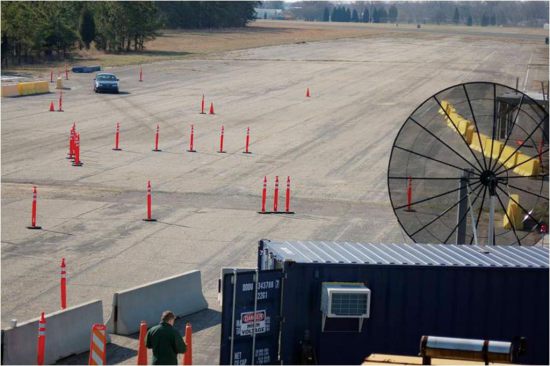















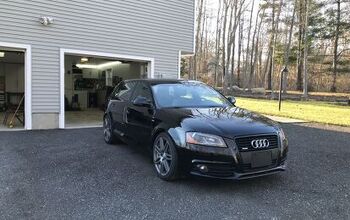

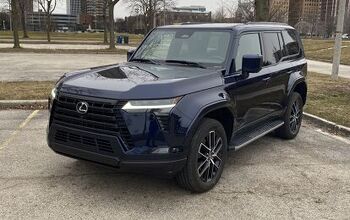

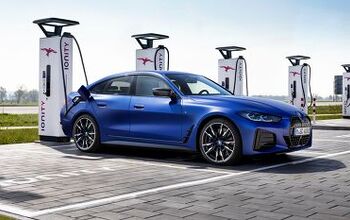


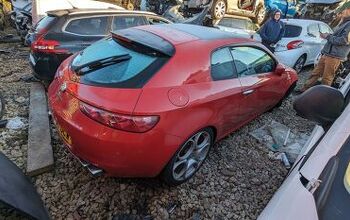
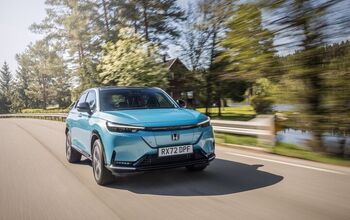
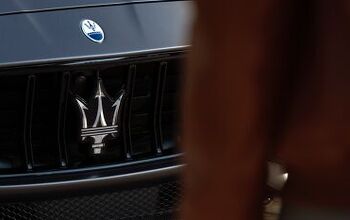

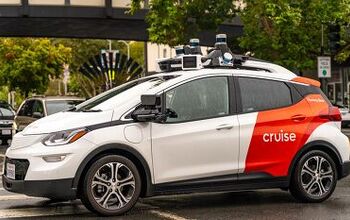


Comments
Join the conversation
It's neat, but until it's on a helicopter or fixed-wing aircraft with longer range effectiveness it's going to have limited use. Mostly protecting fixed hardened locations, which are already protected with other means. It's not like these will be on a lot of patrol cars driving around looking for robbers to chase, and it'll never be where you need it for terrorists doing vehicle attacks on soft targets. I guess if it's cheap enough it can be installed on highway overpasses, bridges and tunnels in areas with a lot of police chases. Border crossings.
Hmm. 300kw in a portable generator? That's 400 hp, just for comparison. Sure, it might be a bit more compact than a V8 if using a turbine, but IIRC, turbines also aren't as efficient? Or are they more? I.e. if it takes 400 hp to run the ray gun, that's burning pretty fast. I'm sure you could run through a gallon of fuel in a couple of minutes.. (diesel? gasoline?). So then you gotta refill the tank eventually. Also, how wide/long an effective swath does this project? How long does a car on a high speed chase take to stop? 150 ft from 60-70 mph is pretty good, IIRC. If doing 100, in a not-designed-for-speed (i.e. not a $100K+ car), you might take 200-300 feet to stop. So clearly, this can't be positioned by the side of the road facing across the street - it has to be put on the street facing hundreds of feet back and still be effective throughout the range - otherwise the disabled car is like a curling rock, hurtling towards the ray gun. I guess if the guy with the gun's also driving, almost matching speeds or something? I.e. if you project between 500-300 feet behind the truck, and the car skids 200+ feet, comes out at 300 feet behind you, and starts up again. And how wide - you can still steer (except for electrical steering?), so you could possibly put it in neutral, wait until going 30-40 and turn to the side to get away.. Seems like there's way too many ways for this to go wrong. For the stationary use, it makes sense - if you come within 100 or 200 feet or whatever, your car gets disabled and stalls. And you hit the wall/building at 30 mph instead of 130.